In Japanese, moe 萌え means a sentiment of affection and joy toward fictional characters, scenarios, and designs, and may refer to countless things. In English, moe means basically a "cute" anime girl.
Definition
In Japanese, moe 萌え means a feeling of euphoria, affection, joy, and excitement toward fictional characters, fictional situations, scenarios, relationships, settings, designs, features, tropes, and so on.
Grammatically, it's the noun form of the ichidan verb moeru 萌える, which would mean "to feel moe."
- Context: Morioka Moriko 盛岡森子 is surprised by a cute anime girl character in an MMORPG.
- bikkuri moemashita------'!
びっくり萌えましたーーーっ!
[I] surprise moe'd!
This verb takes an indirect object marked by the ni に particle for target.
- kawaisa ni moeru
可愛さに萌える
To feel moe toward cuteness. - jibun no e niwa moenai
自分の絵には萌えない
[I] don't feel moe toward [my] own drawing. (an artist's criticism towards their own artwork.)
This feeling is different from simply "liking" a character, or "enjoying" a content. It's more like loving the experience, or loving the fact such character or situation exists at all.
- In English, "fangirling noises" carries similar connotations.
It's important to note that different people feel moe toward different things, given that moe is a feeling, and feelings are subjective.
The object of moe may be cuteness, sexiness, prettiness, coolness, clumsiness, lewdness, a body type, a piece of clothing, physical appearance, upbringing, way of speaking, personality, the relationship that two characters have, etc. Virtually anything, basically.
- moe-zokusei
萌え属性
Moe attribute. The object of someone's moe feelings.- See types of moe for a list.
In particular, although moe is often associated with visual media, there's nothing stopping you from feeling moe from a textual medium. This is a big part of why fanfiction even exists at all.
- Context: a man hears a yuri SS (short story featuring girl-x-girl romance) from another man of culture.
- moeta!
萌えた!
[I] moe'd.- *thumbs up*
"Cute"
Most people feel moe toward "cute" characters, and most cute characters are young girls, bishoujo 美少女 characters. Consequently, moe is often associated with cute young girls, even though it isn't limited to that.
- Starting from the obvious: cute boy characters can elicit moe, too, mostly from the female audience, though.
Essentially, moe provides adults living colorless lives with escapism, allowing them to temporarily forget about work and stress and indulge themselves in colorful cute fantasies.
For that purpose, moe strives to be as detached from the harsh realities of real life as possible. It's unrealistic by design.
It wouldn't be an exaggeration to say that the country depicted in many anime isn't Japan, but a fictional country, also called Japan, where pink, blue, and green hair is normal and kabedon 壁ドン is a legitimate flirting strategy.
Anime: Tokyo Mew Mew, 東京ミュウミュウ (Episode 2)
- Cat girls are as moe as they're unrealistic.
There are other things considered moe that also fall within the concept of escapism.
In Japan, idols are entertainers, singers, whose image is often manufactured to be cute and perfect. Despite being real people, they're part of the moe culture due to their detachment from reality.
Similarly, maids, typically dressed in french maid costumes, are a common moe fantasy. There are even maid cafés in real life where the whole staff is dressed up as french maids.
- moe moe kyun
萌え萌えキュン
(basically meaningless albeit cute phrase.)
An internationally common and yet completely unexpected type of moe are homosexual relationships, which are called yuri 百合 and BL (Boys' Love) in Japanese.
Although homosexual relationships actually exist in real life, the way they're portrayed in some kinds of fiction is far removed from reality.
It's common for fujoshi 腐女子, who are often straight girls, to ascribe heteronormative values to ships of two male characters, making one the masculine, protective guy in the relationship, and the other the feminine, caring girl in the relationship, or some variation of that.
Right: Victor Nikiforov ヴィクトル・ニキフォロフ
Anime: Yuri!!! on Ice, ユーリ!!! on ICE (Episode 3, Stitch)
- Context: an agokui 顎クイ, "chin pull," a romantic move trope that's typically performed by a guy on a girl, seen here performed by a guy on another guy.
- See also: seme x uke.
Right: Ayanokouji Himeno 綾小路姫乃
Anime: Love Live! Nijigasaki Gakuen School Idol Doukoukai, ラブライブ! 虹ヶ咲学園スクールアイドル同好会 (Episode 11, Stitch)
- Context: the same move, now with girls.
It's no wonder that in English the word moe pretty much always just means "cute." It's reduced from what it means in Japanese, but often matches the meaning anyway.
Furthermore, the word moe is often used to refer to things one feels moe towards, or that are created to elicit moe. These, too, often end up being just "cute" anyway."
- moe e
萌え絵
A moe drawing. A cutesy drawing that makes you feel moe. - moe kyara
萌えキャラ
A moe character. A cutesy character. - moe anime
萌えアニメ
A moe anime. A cutesy anime. - moe goe
萌え声
A moe voice. A cutesy voice. - moe shichueeshon
萌えシチュエーション
A moe situation. A cutesy situation.
The Saimoe 最萌 tournament was a poll held on the Japanese board 2channel where users of the forum voted for the "most moe" character of all time, every year. For reference:
| Year | Character | Series |
|---|---|---|
| 2002 | Kinomoto Sakura 木之本さくら |
Cardcaptor Sakura カードキャプターさくら |
| 2003 | Harada Riku 原田梨紅 |
D.N.Angel |
| 2004 | Rosemary Applefield ローズマリーアップルフィールド |
Ashita no Nadja 明日のナージャ |
| 2005 | Takamachi Nanoha 高町なのは |
Mahou Shoujo Lyrical Nanoha 魔法少女リリカルなのは |
| 2006 | Suiseiseki 翠星石 |
Rozen Maiden ローゼンメイデン |
| 2007 | Furude Rika 古手梨花 |
Higurashi no Naku Koro ni ひぐらしのなく頃に |
| 2008 | Hiiragi Kagami 柊かがみ |
Lucky☆Star らき☆すた |
| 2009 | Aisaka Taiga 逢坂大河 |
Toradora! とらドラ! |
| 2010 | Nakano Azusa 中野梓 |
K-On! けいおん! |
| 2011 | Tomoe Mami 巴マミ |
Mahou Shoujo Madoka★Magica 魔法少女まどか★マギカ |
| 2012 | Onjouji Toki 園城寺怜 |
Saki Achiga-hen 咲-Saki-阿知賀編 Episode of Side-A |
| 2013 | Kaname Madoka 鹿目まどか |
Mahou Shoujo Madoka★Magica 魔法少女まどか★マギカ |
| 2014* | Miyanaga Saki 宮永咲 |
Saki 咲-Saki- |
| Haramura Nodoka 原村和 |
In 2014, there was a draw ending in two winners, both from the same series.
The Japanese tournament stopped after 2014. Luckily, the International SaiMoe League (ISML) still goes on, so everybody can vote on their waifus for best girl every single year.
Style
The moe style, often known as simply "anime style" or "manga style," refers to a way to draw characters in order to make them cuter.
It normally features vibrant colors, large eyes, tiny mouths, and dots for noses.
These features are sometimes associated with anime as a whole, but not all anime have them. The anime considered moe often have them, and anime not considered moe often don't have them.
Top right anime: Dennou Coil, 電脳コイル (Episode 3)
3rd anime: K-On!!, Keion!! けいおん!! (Season 2) (Episode 7)
4th anime: NANA [ナナ] (Episode 4)
5th anime: Angel Beats! (Episode 12)
6th anime: Black Lagoon, ブラック・ラグーン (Episode 7)
Bottom left anime: Flying Witch, ふらいんぐうぃっち (Episode 12)
Bottom right anime: Kiki's Delivery Service, Majo no Takkyuubin 魔女の宅急便 (Movie)
- Left: anime featuring moe aesthetic.
- Right: non-moe aesthetic.
- That's not to say someone can't find the girls on the right side moe, just that the productions on the right side didn't make the stylistic choice of exaggerating the cuteness of characters.
Animals are hardwired to feel affection toward children, so that they will protect and care for their offspring. You're naturally predisposed to find child-like (neotenous) features cute.
Artists make use of this phenomenon by drawing neotenous proportions in characters supposed to be older, boosting their cuteness and with it their popularity.
This is why you'll find so many anime characters look like little children, with voice actors that sound like little children, even though they're in high school, in their late teens, or, sometimes, are already adults.
- Context: Fujiwara Chika 藤原千花 displays an utter lack of self-awareness.
- moe tte iu-n-desu ka?
萌えって言うんですか?
[It] is called "moe," right?- She's confirming if what she's talking about is called moe, in case she misremembered the word.
- doushite minna φ {{me ga suggoku ookikute} {shougakusei mitai na} kao-dachi shiteru}-n-desu ka?
どうして皆目が すっごく大きくて小学生みたいな顔立ちしてるんですか?
Why everybody {has huge eyes and} {has facial features [that] {look like a grade school student}}?- Why the characters all look like they're in grade school?
- nanoni, nande mune dake wa ookii-n-desu ka?
なのに なんで胸だけは大きいんですか?
And yet, why are [their] chests alone big?
- Why do they have child-like proportions except for their breasts?
- Why the girls have large breasts if they're supposed to look like children?
- nande {mecha takai} neko-nade-goe de shaberu-n-desu ka?
なんでめちゃ高い猫なで声で喋るんですか?
Why do [they] speak in an {absurdly high-pitched} "cat-caressing-voice"?- neko-nade-goe - literally "cat-caressing voice," refers to a voice tone that's kind and sweet, and also enticing.
- Fujiwara, like most anime characters, has all these attributes she's asking about.
Industry
Commercially, a large part of the anime industry is obviously focused on selling all sorts of moe stuff.
Among otaku オタク, people whose hobby is anime, there are those addicted to moe, so-called "moe pigs," moe buta 萌え豚, who will watch and love practically anything with moe characters in it. They literally oink at the sight of moe.
- Context: a wife watches her husband watch Lucky Star.
- uhaa~~ moe~~
ウハ~~萌え~~
Woohah~~ moe~~ - buhii~~
ブヒィ~~
*oink* - suki danaa...
好きだなぁ・・・
[You] like [it], [don't you]...?
A series that features moe is more likely to be be well-received with that audience, regardless of how bad the content of the series is. This pushes authors to draw cuter and cuter characters in order to have an advantage.
You're more likely to find fan art and doujinshi 同人誌 featuring moe characters than non-moe characters. This means if your series has a cute character, the artists in your fan-base will do the advertising for you.
Vocaloids are a prime example of this. The voice synthesizer software was supposed to be just a digital singer that could sing the lyrics you input, however, by using the imagery of anime characters, they ended up turning the program into virtual idols, complete with an entire dedicated fandom.
Nowadays, there are even live concerts featuring what would otherwise have been a faceless digital voice.
In some cases, an otaku will watch an anime or purchase a game for the sole reason that it contains a character that they find moe, and they want to see more of that character. Not to mention all the other sort of merch featuring the character.
- A dakimakura 抱き枕, "hugging pillow," is an infamous type of character merch fans may buy.
Due to the reasons above, the anime we have today has been moe-fied compared to the anime of decades ago.
Right: same character
Anime: Uchi Tama?! Uchi no Tama Shirimasen ka? うちタマ?!~うちのタマ知りませんか?~ (Episode 1, OP)
- moe-gijinka
萌え擬人化
Moe anthropormophization. The fine art of drawing things as cute anime girls. - The Tama and Friends franchise began in 1983, and the designs of the characters were all animals, like the cat on the left.
- The Uchi Tama spin-off, which began in 2017, features the same characters, but with anthropomorphized designs, like the cute anime maid cat girl on the right.
There are countless mobile games featuring moe characters, sometimes anthropomorphized moe characters, simply because moe sells. For example: KanCole features battleships as cute anime girls, and Touken Ranbu 刀剣乱舞 features swords as cute anime boys.
Genre
There are various genres of anime that can be said to be moe genres, as they focus primarily on moe and moe attributes.
First, there are genres that simply have way too many girls.
- haaremu
ハーレム
Harem, in which a male protagonist is surrounded by all sorts of girls.- gyaku-haaremu
逆ハーレム
Reverse-harem, in which a female protagonist is surrounded by all sorts of guys.
- gyaku-haaremu
- CGDCT
In which you watch Cute Girls Doing Cute Things.
The anime of the genres above are designed such that the varied cast of characters covers as many moe attributes as possible.
Consequently, you often have one tsundere character, but only one tsundere character, because you don't need to waste another character with the tsundere attribute that you've already covered.
If you ever wondered why there are so many traps in anime, it's because that's a moe attribute. If you ever wondering why there's always one girl wearing knee-high socks, it's because zettai ryouiki 絶対領域 is a moe attribute.
These attributes not only proliferate, but they also evolve. If something based on reality is considered cute, it's turned into a symbol, which is turned into an over the top caricature of itself for maximum cuteness.
For example, one may consider girls wearing overly long sleeves to look cute, to the point they're even called moe-sode 萌え袖, "moe sleeves" in Japanese.
Anime: SSSS.GRIDMAN (Episode 1, Stitch)
- Context: realistic, overly long sleeves.
Quickly enough, you have a series that takes this attribute to its extreme form, where realism and practical considerations are thrown out of the window because they get in the way of the cute fantasy.
Anime: Last Period: Owari Naki Rasen no Monogatari, ラストピリオド -終わりなき螺旋の物語- (Episode 1)
- Context: impractical, ridiculously oversized sleeves.
A more cultural example: in contrast with countries that like perfect teeth, Japan has considered protruding teeth to be a cute feature historically, also called yaeba 八重歯.
- Context: a real life moe attribute.
If this doesn't look cute for you, it's because it's 3D. Observe the yaeba in superior 2D:
- Context: a fictional moe attribute.
This becomes symbolized into the so-called "anime fang," a literal white triangle coming out of a character's mouth, to represent a cute feature which isn't even that cute in real life.
- Context: this isn't a vampire.
And this further gets symbolized into the "lip fang," which by all means makes absolutely no sense.
- Context: by drawing a tooth like a lip indentation, cuteness rises, and logic falls to the floor.
Next, there are genres whose focus isn't the story or any major plot, but the mere interaction between characters.
- iyashi-kei
癒し系
"Healing-type," whose focus is to heal stress with soothingness and adorbs. - nichijou-kei
日常系
Slice of life, which is generally episodic and trivial.
These genres are less likely to bother with moe attributes that would interest the hardcore otaku audience, but they're more likely to be simply "cute," and that's moe already.
Demographically, moe is made for the adult audience (seinen 青年), not for kids (shounen 少年 and shoujo 少女).
See also: shounen, shoujo, seinen, josei.
Basically, anime that's made to sell toys, and other stuff kids can ask their parents to buy for them, are made for kids, while anime that's supposed to somehow support itself with the sale of expensive blu-rays and other merch is made for adults with fat wallets.
Of course, this demographic can include teenagers, too, so long as they can afford it, and, well, maybe you can consider anime figures toys, too, if you want.
- The PreCure franchise is made to sell dolls for little girls, not for grown men.
Sometimes an anime that's not supposed to be about moe ends up being moe anyway.
Notably, anime with "magical girls," mahou shoujo 魔法少女, were originally made for young girls, but that didn't stop Sakura Card Captor from winning Saimoe in 2002.
Similarly, various sports series and card game series featuring too many boy characters end up being popular with fujoshi despite not being made with them in mind.
Criticism
There are various criticisms toward the moe anime.
First, due to the tendency of moe characters to look like children, moe is sometimes blamed for the sexualization of underage (or underage-looking) characters in manga and anime.
There are many artists that draw pornographic hentai doujinshi featuring moe characters, but the term moe by itself doesn't necessarily imply anything sexual.
- kenzen
健全
Healthy, in the sense of not having abnormalities.
Wholesome, in the sense of not being perverted.
It's not uncommon for fans to see a character they find precious and claim they want to "protect that smile" or something like that.
right: Saikawa Riko 才川リコ
Anime: Kobayashi-san Chi no Maidragon, 小林さんちのメイドラゴン (Episode 6)
- Ravioli ravioli, don't lewd the dragon loli.
There's also criticism that moe-focused anime is simply worse in quality compared to non-moe anime, due to misplaced effort into making characters cute, rather than making the plot good.
- Moeblob
A character that's cute for the sake of being cute, a vague blob of cuteness with no real personality, thoughts, or depth.
This is similar to the criticism that the isekai 異世界 genre gets for using a template format to start the story and then failing miserably at constructing something genuinely interesting on top of that scaffold.
Basically, there are two types of anime viewers:
- Type A viewers
Who watch anime for the story. - Type B viewers
Who watch anime for the (moe) characters.
The problem arises when a Type A viewer doesn't realize they're watching an anime for Type B viewers, or when the author doesn't make clear what the intended audience is supposed to be.
The Type A viewer will expect something interesting to happen, and will feel utterly alienated with the increasing number of episodes where absolutely nothing important happens and no progress is made plot-wise.
Another form of criticism is towards the unrealistic disturbing moe style itself. Attempts to create a more child-like character can have disturbing results, like:
- Absurdly humongous eyes.
- A head with a growth problem.
- Broken nose without nostrils.
- A neck so thin they'd make a civil engineer flinch.
- Minuscule mouth that might have muscle damage.
- No teeth or lacking lower teeth.
- Impractically small hands.
- Opposite bowed legs: knees together, feet apart.
- Annoying, high-pitched voice.
- Mentally retarded mannerisms.
Alright, a tiny bit of this has to do with Japan being a different culture.
For instance, a reason why so many moe characters have bowed legs, or in-toeing, could be that in Japan, due to culture of sitting on the floor, children, specially girls, often sit in a W-shaped position, which is colloquially thought to cause bowed legs.
Anime: Mayo Chiki! まよチキ! (Episode 5)
- Context: W-sitting, also called onna-no-ko-zuwari 女の子ずわり, "girl's sitting," as in the way a girl sits, among several other names.
- Note that since this way to sit is generally used by children and girls, it's considered cute, and therefore moe, which could be why scenes where girls just fall in the floor in W-position are so common in moe series.
On top of that, there are also instances of disturbing and unrealistic scenarios. Some works attempt to elicit moe by trying to make the audience fell that they "want to protect" a character.
The problem is: in order for you to protect a character from something, there must be something which the character must be protected from.
Consequently, girls in some of the most jarringly forced moe anime tend to be victims of unspeakable suffering and tragedy, such that a male protagonist, and the audience, are the only people who can offer them a caring hand. Some common themes are:
- They're found in hospital beds. They're generally frail and sickly.
- They're mistreated by society.
- They're slaves.
- They're hated by everyone around them for some petty reason.
- They're victims of bullying.
- They're half-elves or some sort of demi-human monster girl, which is mistreated by society because of racism or something.
- They have horrible parents that hate them very much.
- Their parents are actually dead, their foster parents, guardians, or whatever hates them instead.
- They're used like objects.
- They're human weapons, cold-blooded killers, assassins.
- They're sacrifices for some sort of magic ritual.
- They're a vessel for some sort of terrible, evil power.
- They're human test subjects for some sort of cruel laboratory experiment.
The themes above are good when they're employed to make the plot more interesting, which is what happens in story-driven series, but they're awful when they're employed to force a moe situation, which is what happens in the average moe anime.
For example, in a series where a girl was originally a slave, the main character isn't on a crusade against slavery in a world where slavery is apparently common, but they will save that one girl for some reason while ignoring all the other slaves in the world.
It makes absolutely no sense for a girl to be a valuable test subject, or human weapon, or whatever, and be mistreated by those using her. She's either valuable or she isn't.
Just like it doesn't make sense for a whole school to be full of nasty students who will bad mouth the girl right in front of her just to make her sad. Normally, you do this stuff behind their backs, where they can't hear you, because most people will think you're jerks for doing that.
These setups only exist for the protagonist to go save the girl, rescue her from whoever is using her, or stand up against her bullies to score some white-knight points. It forces a victim and hero situation for the sake of having a victim and hero situation, which is honestly kind of disturbing.
When you have a character designed to be pitiable in order to elicit pity (equals moe) from the audience, that looks kind of ugly.
When the character suffers because of the evil mastermind's great plans, the suffering at least has a purpose. But when she suffers just to make the audience empathize, and there's no other purpose, that's like a circus with the character as a clown of suffering in the center of the spectacle.
In light-hearted series, things aren't as ugly, because there are no stakes, so even if you make a character with some very disturbing stuff going on, that looks quirky instead of horrible.
- In Jashin-chan Dropkick, 邪神ちゃんドロップキック, the character Pekola, ペコラ, is an angel (literally) that lost her halo and with it her angelic powers, and is now homeless and starving on the streets. That sounds really messed up. But her being poor is played as a joke, so the audience dismisses it. Simultaneously, the audience wants to feed and protect Pekola, i.e. making the character destitute makes the audience want to take care of the character..
Wordplay
The word moe 萌え is used in various sorts of wordplays and puns.
Kanji
The kanji of the word moe 萌え is the same as the verb moeru 萌える that means for a plant "to sprout."
- moyashi
萌やし
Bean sprouts.
To elaborate: the verb moeru 萌える originally meant "to sprout," but nowadays it also means the slang "to feel moe."
萌え萌え
In some cases, the word moe 萌え is reduplicated into moemoe 萌え萌え, which basically means twice as moe, a stronger, more intense moe.
- {daiji na} koto dakara, nikai iimashita
大事なことだから二回言いました
[It] is something {important}, so [I] said [it] twice.
Name
There are a number of characters called Moe 萌 in anime, or partially called Moe 萌. For example:
- Kiryuu Moeka
桐生萌郁
From Steins;Gate
燃え
The verb moeru 燃える, meaning "to burn," is homonymous with moeru 萌える.
Due to this, sometimes something "burning," moeteiru 燃えている, is used as a visual pun for moe 萌え.
- {moenai} gomi
燃えないゴミ
Trash [that] {doesn't burn}.
Non-burning trash. Non-combustible trash. (term used to separate trash for collection.) - {moenai} gomi
萌えないゴミ
Trash [that] {doesn't moe}.
Something so bad you can't feel moe toward.
Another wordplay is that moe 萌え spelled as moe 燃え is the antonym of moe 萌え.
That is, while moe 萌え normally refers to feminine, calming, gentle characters that make you mellow, moe 燃え would refer to masculine, cool, powerful characters that make you agitated.
Something moemoe 萌え燃え has both, half one half another.
- moe!! moe'!! moe~~~~
モエ!!萌っ!!燃え~~~
(literally moe three times.)
Origin
The origin of the word moe 萌え is uncertain. There are various theories about it.
First, that it comes from the name of the character Moe 萌, from the 1993 TV anime Kyouryuu Wakusei 恐竜惑星, "Dinosaur Planet."
Second, that it comes from Tomoe Hotaru 土萠ほたる, a Sailor Moon character. Note that the kanji is similar, but slightly different: 萠萌.
Third, that it comes from moeru 燃える, which means "to burn," "to get hot," including in the sense of becoming passionate or excited about something.
This word, moeru 燃える, was already being used by otaku around the internet in a manner similar to moe 萌え that we have today.
To type kanji in a computer, you have to first type the sound of the word using romaji or kana, like moeru もえる, and then convert that to kanji by pressing space or something like that, depending on the IME software you're using.
If there's more than one possible kanji, it will list all choices, and one will have to be the first one. It just happens that if you typed moeru, and the first choice was the "to sprout" moeru 萌える, rather than the "to burn" moeru 燃える.
References
- 萌え(もえ) - gogen-allguide.com, accessed 2020-03-05.
- Origin of moe.
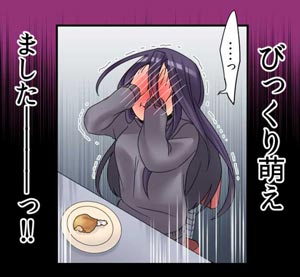
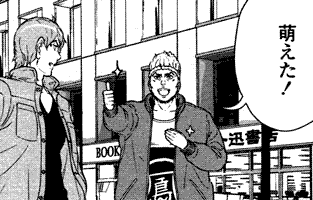
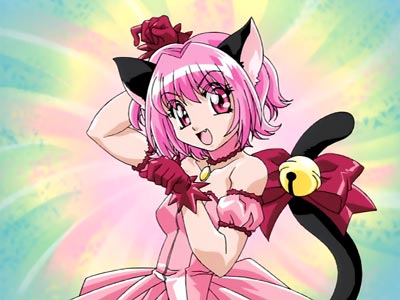
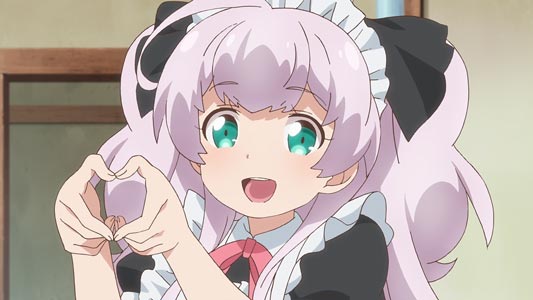
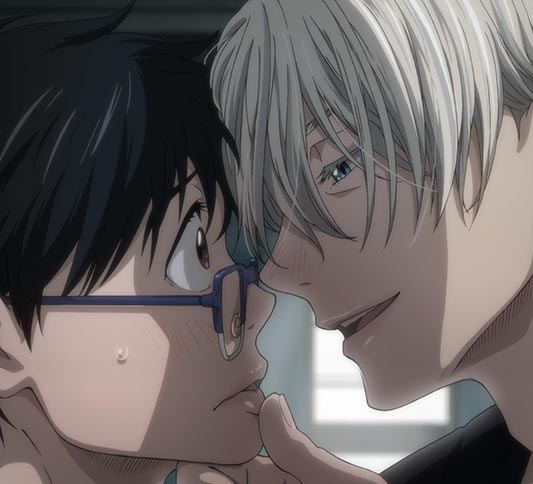

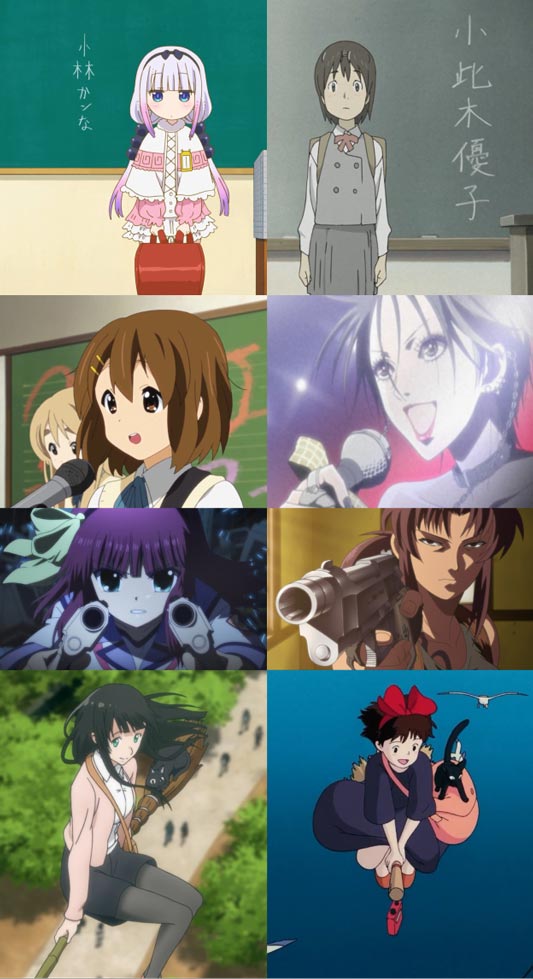
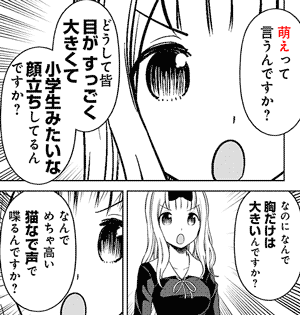
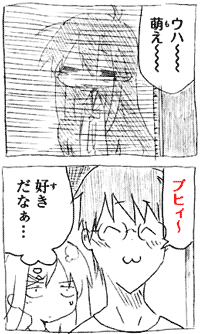
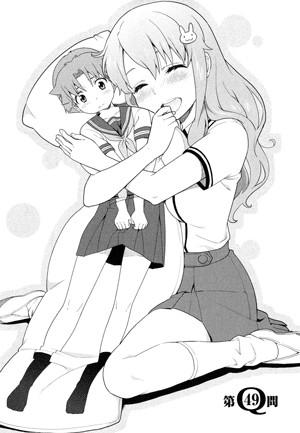
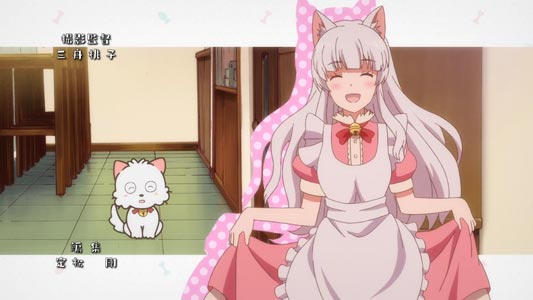
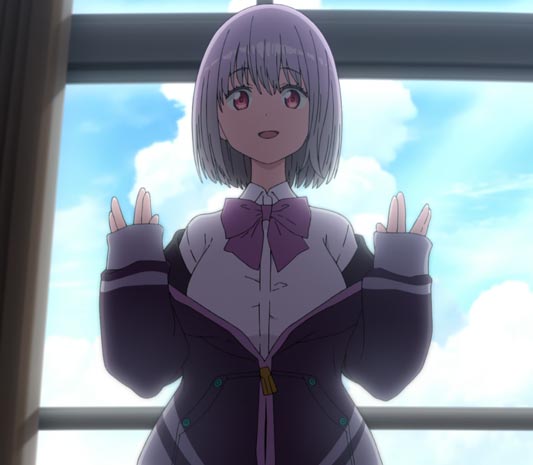
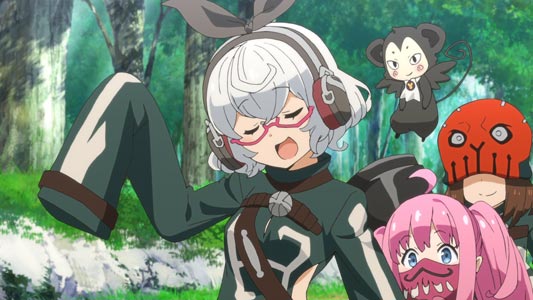
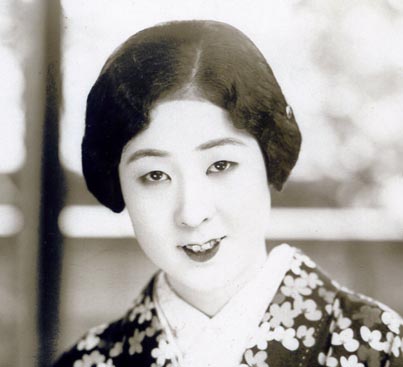
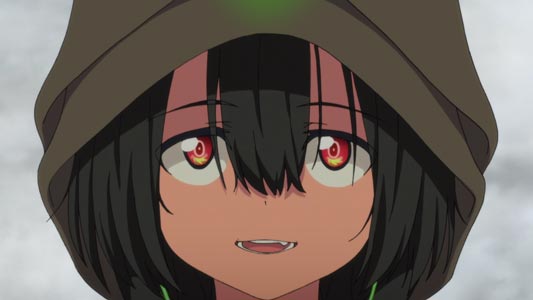
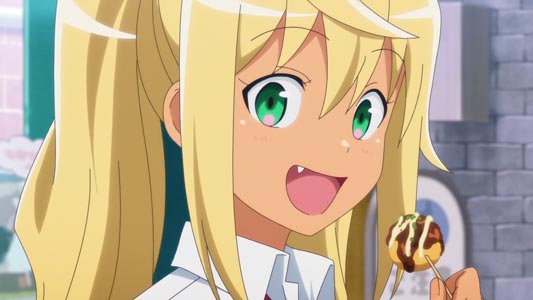
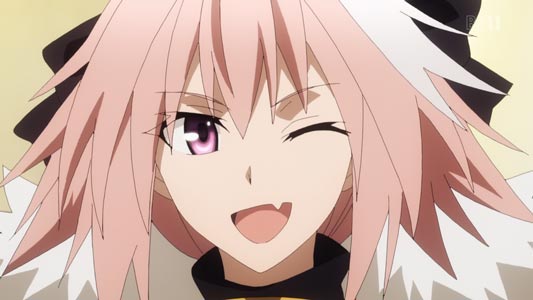
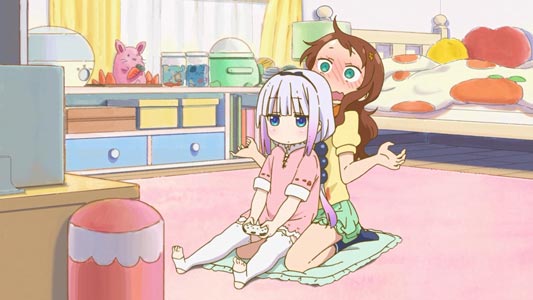
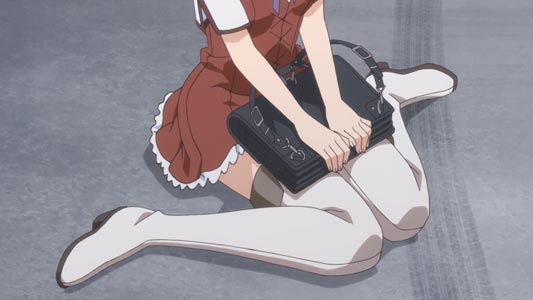

No comments: